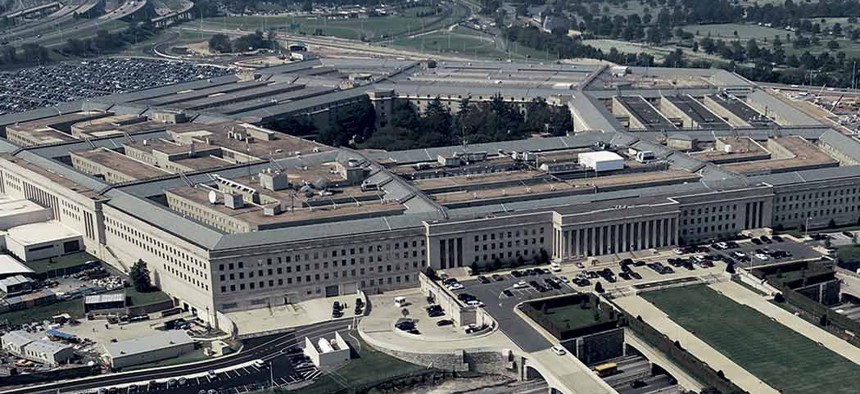FY19 budget calls for big boost for DIUx
The administration signals its commitment to changing DOD's acquisition and IT culture by more than doubling its proposed investment in the Defense Innovation Unit Experimental.
Funding for the Defense Department’s innovation arm could nearly triple in 2019.
The administration wants the Defense Innovation Unit Experimental to get $71 million for fiscal year 2019, up $41 million from 2018, DOD Comptroller David Norquist said during a Feb. 12 media briefing at the Pentagon on the proposed fiscal 2019 budget.
DOD has been increasingly leaning on DIUx to deliver futureproof capabilities, and the requested $71 million infusion for the unit backs those expectations. Congress, however, has been wary of DIUx’s trajectory, stymying previous investment requests.
For example, the 2017 National Defense Authorization Act limited DIUx’s access to available funds to 75 percent of its operational budget and 25 percent of its overall program budget. DIUx received $29.6 million in 2018. In fiscal 2017, Congress approved only $10 million for the experimental unit. (DIUx also receives indirect funding from venture capital firms and investments from its customers.)
Overall, the administration's budget proposal for DOD closely sticks to points of emphasis already made in the national defense and security strategies, directing funds toward readiness, modernization and innovation.
For 2019, DOD stands to get $686 billion, with another $30 billion going to other agencies’ defense spending. Of that, DOD has planned $92.4 billion or 14 percent to go towards research, development, testing and evaluation and $13.7 billion for initiatives involving hypersonics, integrated cyber operations, electronic warfare and artificial intelligence.
Cyber operations also would get an $8.6 billion infusion, which includes support for U.S. Cyber Command’s 133 cyber mission force teams as well as other efforts targeting personnel and training, Norquist said. The services get near-equal shares, with the Army claiming $183 billion, the Air Force at $194.2 billion and $194.1 billion for the Navy.
The DOD proposal shows 10 percent real growth -- $74 billion -- over the continuing resolution budgets the department has been operating on, according to the department’s summary. But it’s not quite enough, Norquist said.
While expressing great appreciation for the budget increase, he said the department was still in “the hole we’re crawling out of” with defense spending at historic lows.
“Over a five-year period, our forces have endured a $400 billion loss in readiness maintenance and modernization. With a bipartisan budget agreement, that hemorrhaging stops,” Norquist said. “It is a sign of how deep the hole is that we’re in that it takes this big of an increase just to get the department’s budget back to where inflation alone would have put us.”
NEXT STORY: Army looks at redefining its classified networks





